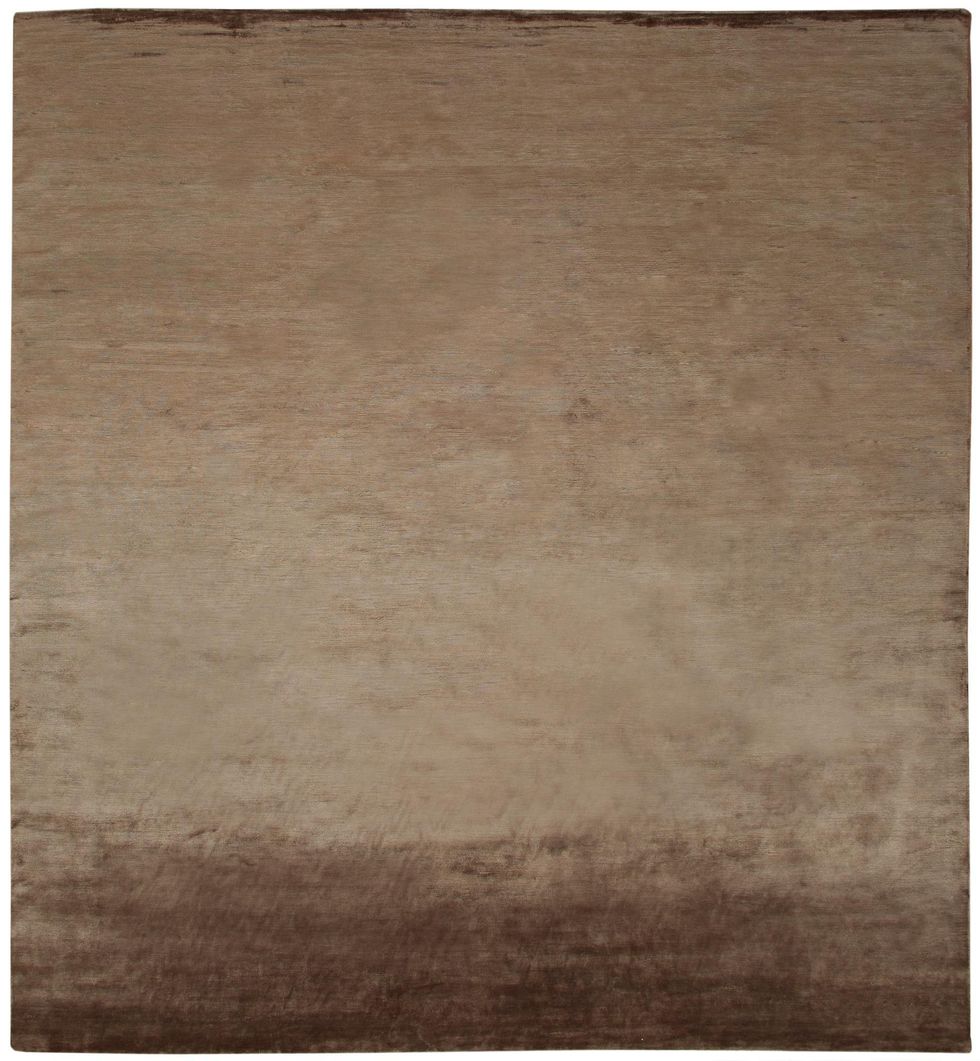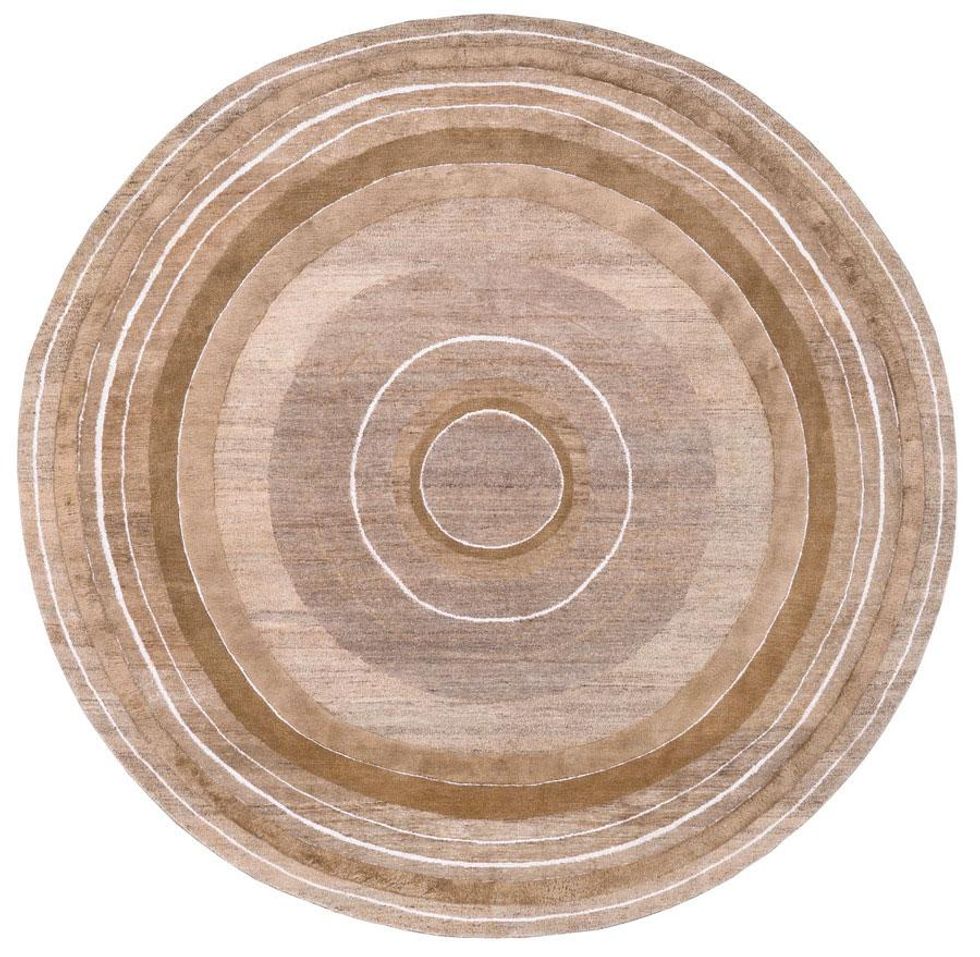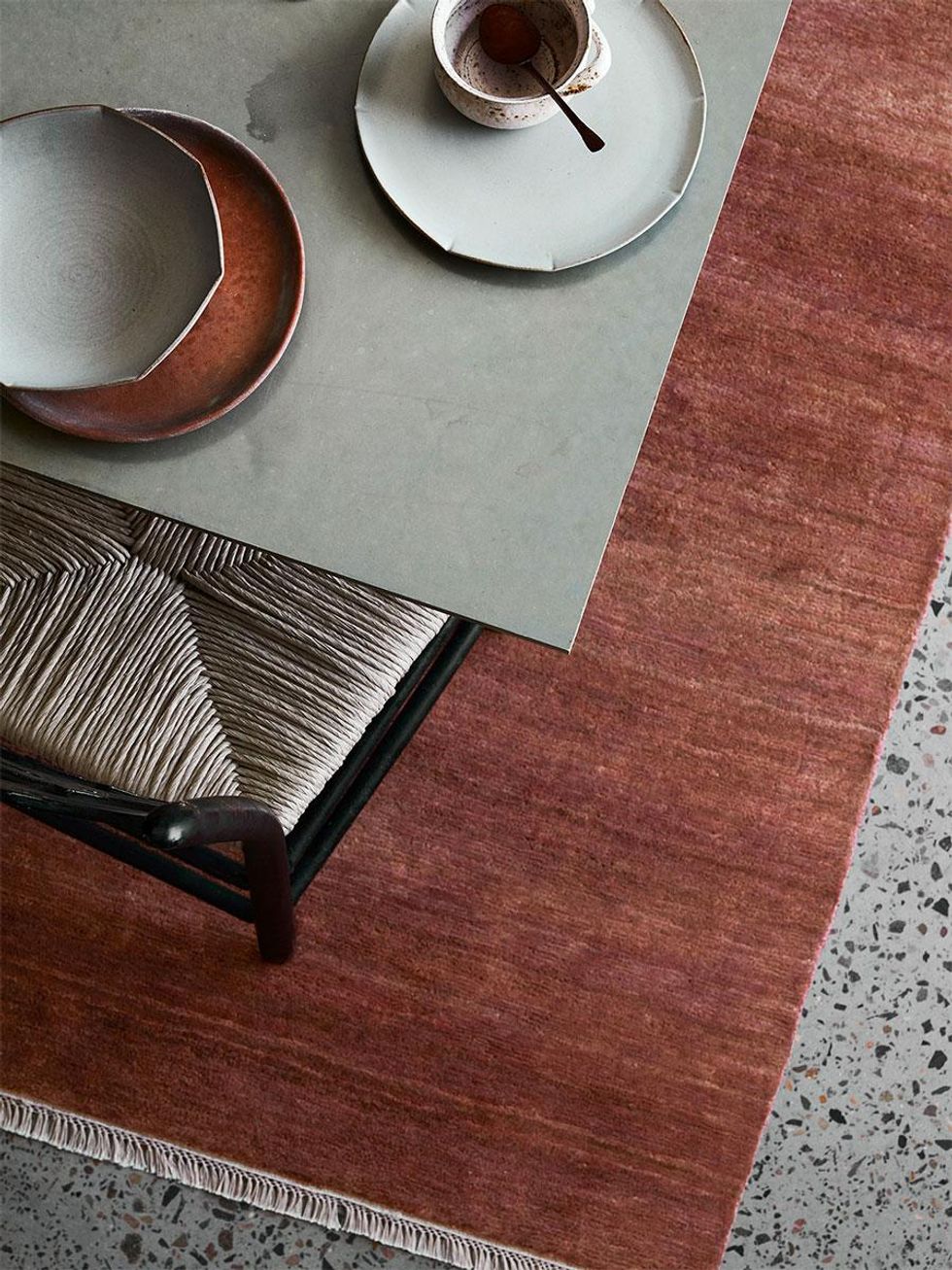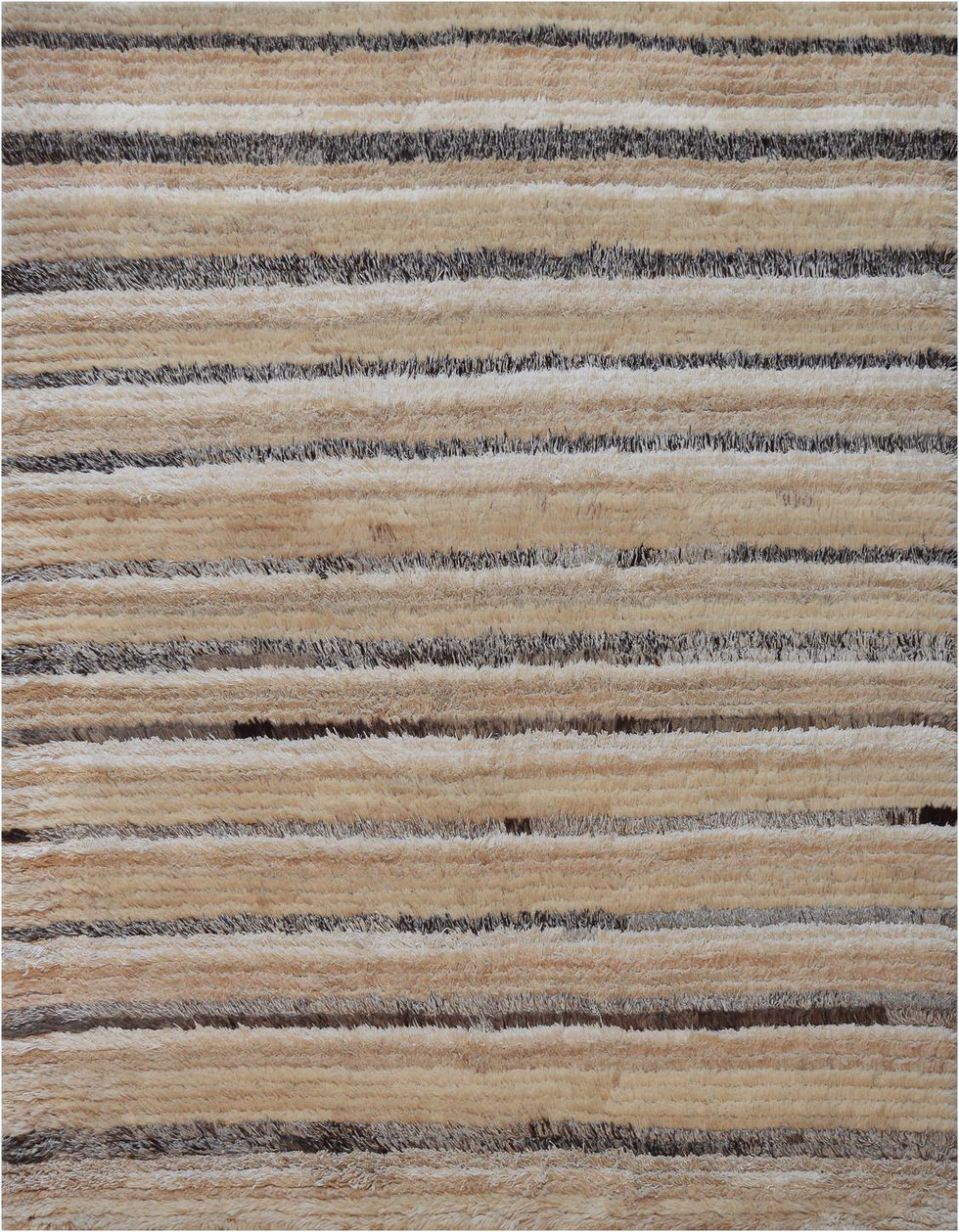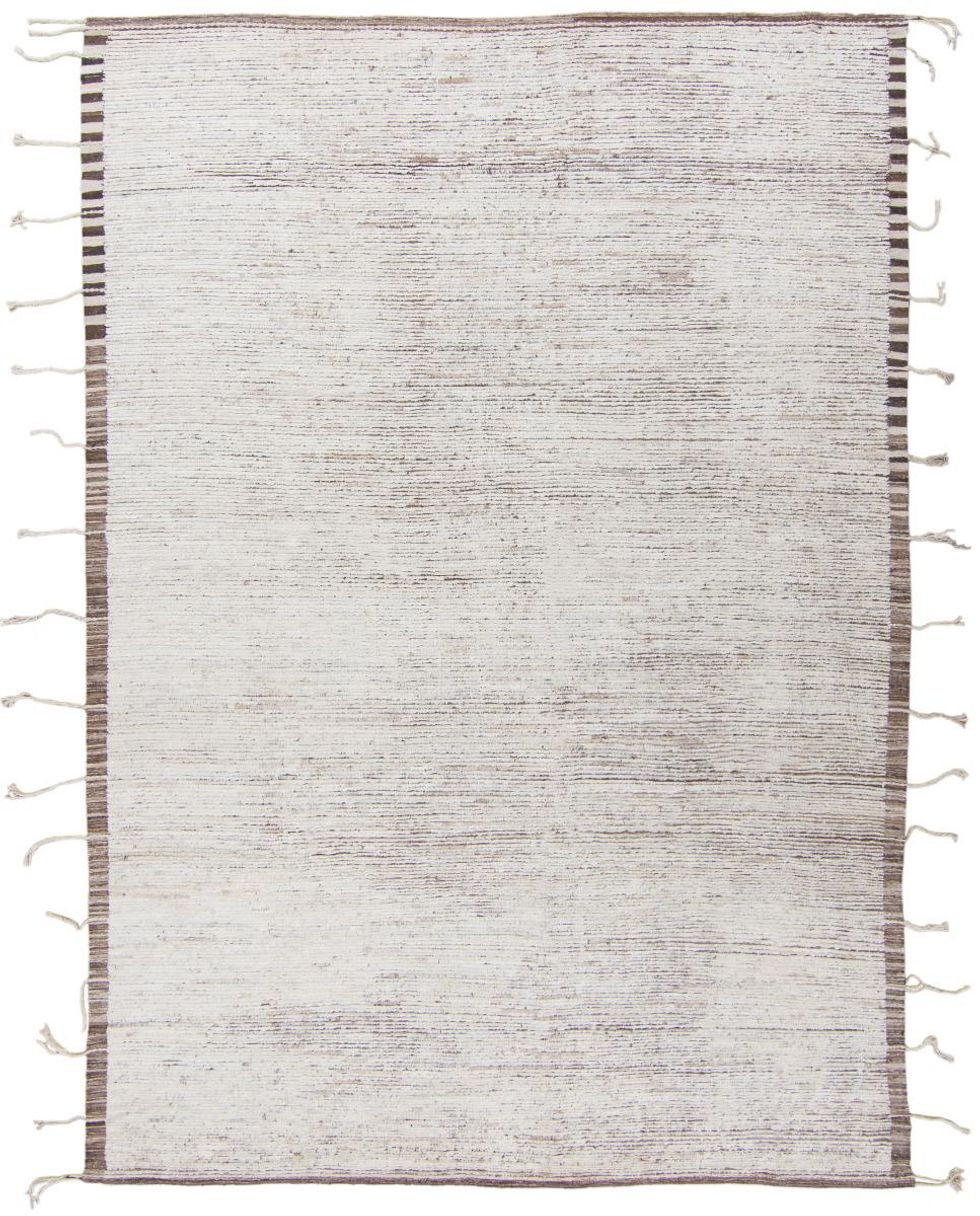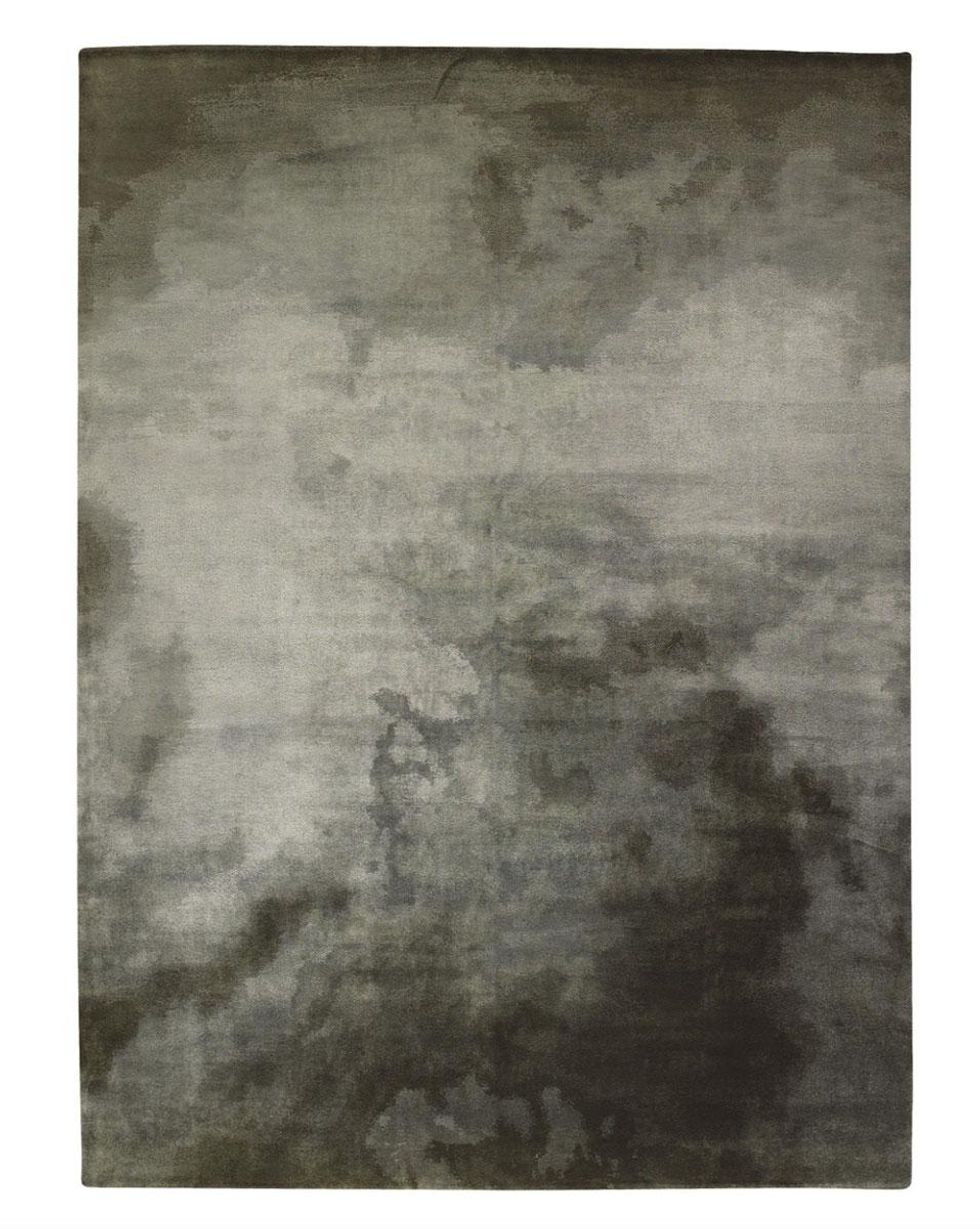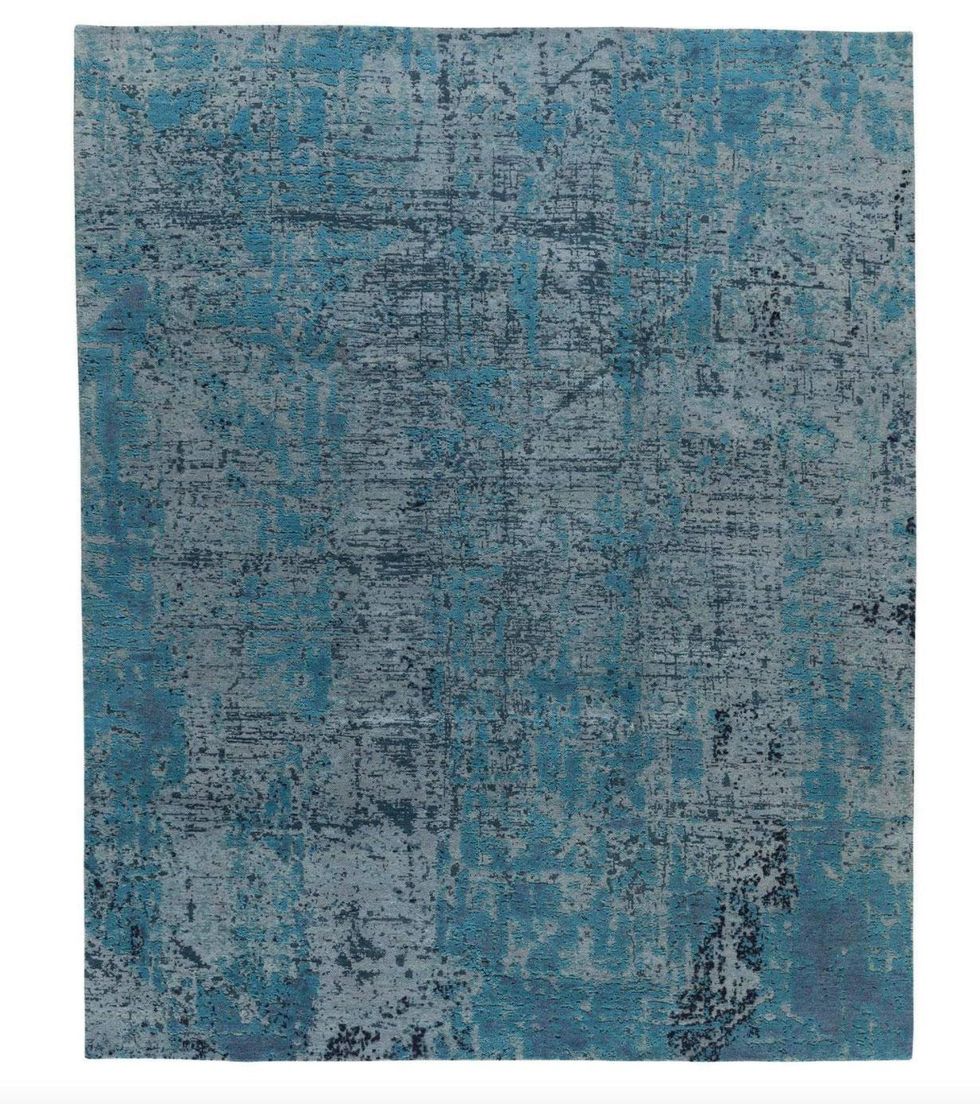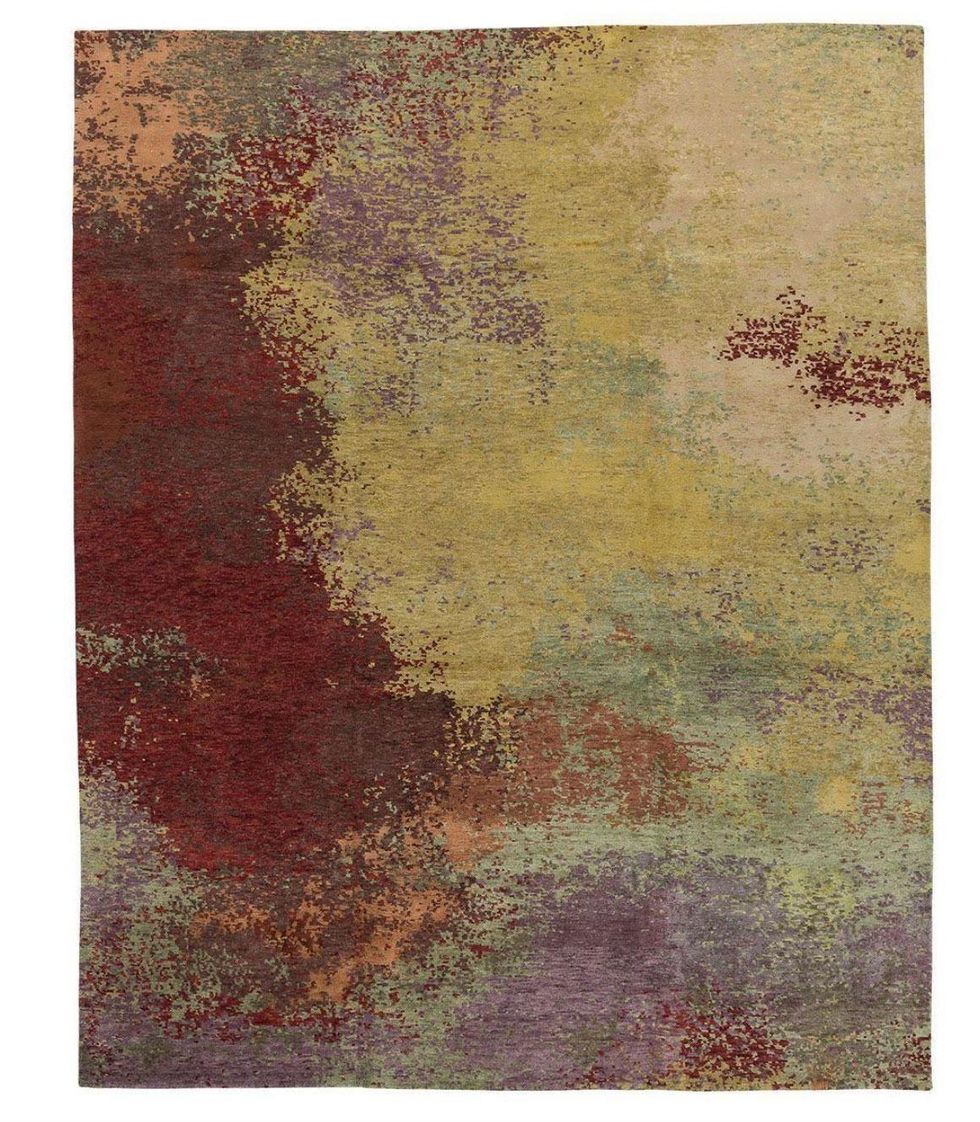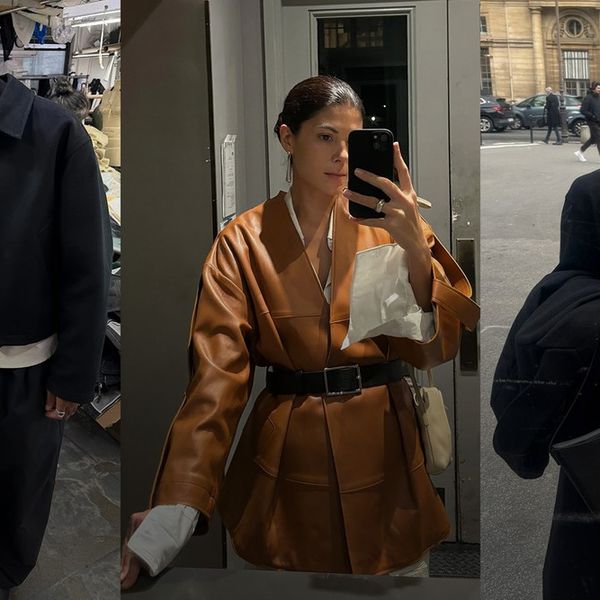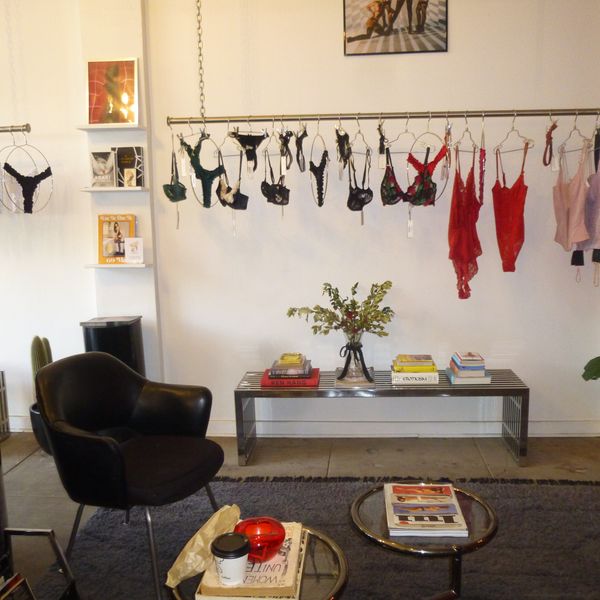Found: A Creative New Way to Utilize Rugs
Expert advice for breaking up your space, according to function.
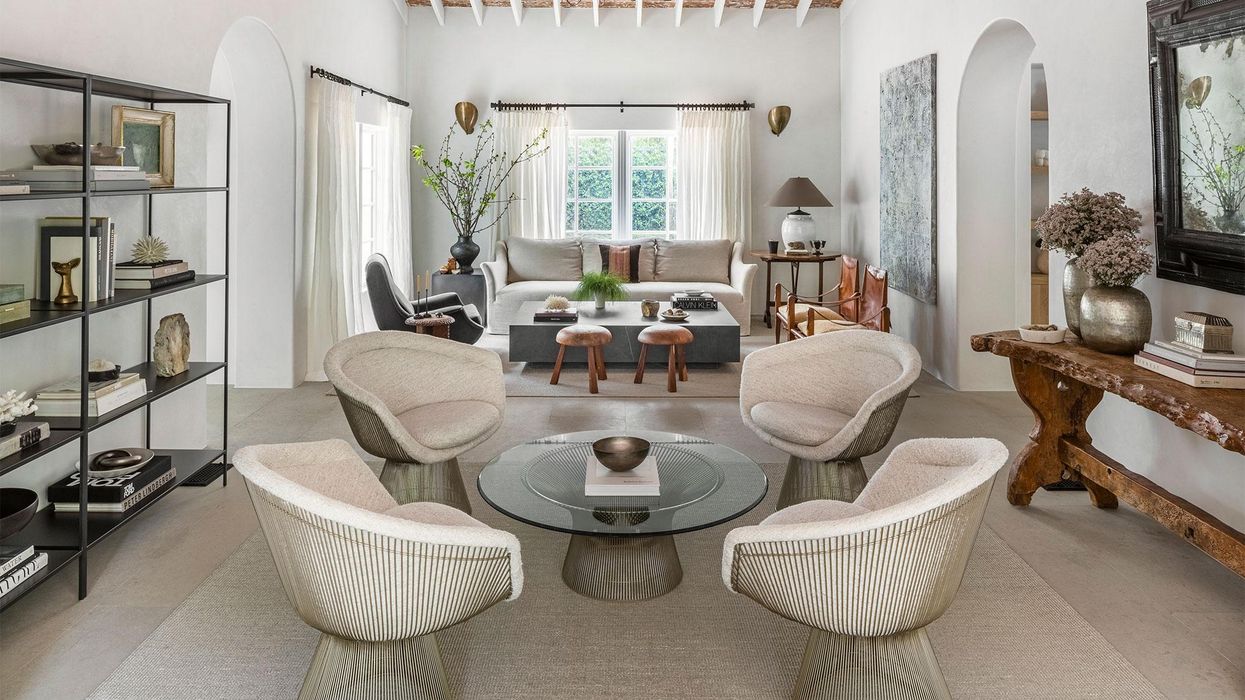
The consensus in interior design over the past decade has been an open floor plan, even though that mentality is beginning to shift. Just because you have an open floor plan doesn't mean you want to dedicate the entire space to one function—zones naturally emerge out of necessity even in smaller spaces, whether that be a dining space, a sitting area, or a reading nook.
"I think the key is that zones should feel unique yet integrated as part of a larger room," explains interior designer Constanza Collarte of Collarte Interiors. "When dividing a big entertainment space, it's important to create areas with defined functions. Walking into a large room with similar seating areas can feel like you've stepped into a hotel lobby. So it's nice to vary the forms and the ways in which the space serves the dweller." One of the best ways to delineate between zones is with rugs. Rugs establish a central grounding force for each specific area, which the furniture can then orbit around. "The most common way rugs are used to create zones is to differentiate between living spaces and dining rooms, as well as highlighting a foyer or hallway," explains Tufenkian manager Emily Mundwiller. Continue scrolling to hear more tips from both of these experts on how to create zones with rugs.
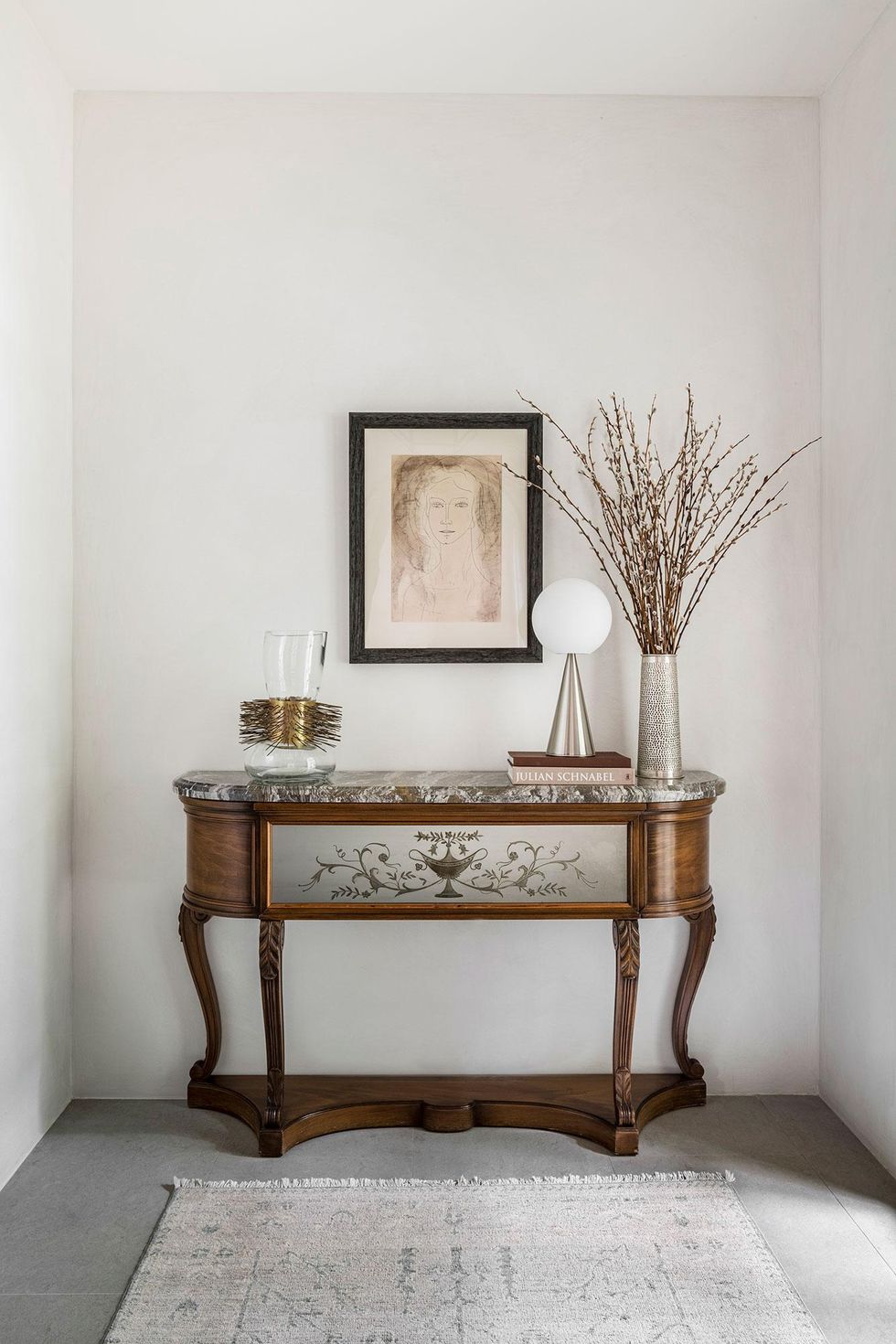
Photo: Kris Tamburello
Carve Out the Floor Plan
"Firstly, determine what spaces you'd like to separate and what purpose the rooms will serve. The most common way rugs are used to create zones is to differentiate between living spaces and dining rooms, as well as highlighting a foyer or hallway. Remember that too many rugs can make a space look cluttered, so it's best to go into outfitting the space with a game plan. To ensure the home doesn't feel too overwhelming, it's key to leave some blank space." —Emily Mundwiller
It's OK to Layer
Layering rugs can add a lot of visual interest, and it's a great way of incorporating a special rug that may not be large enough for a whole room. When layering, I think the key is to make sure that the rugs have a bit of textural contrast. I like to use a neutral, natural weave and then maybe layer it with something vintage or colorful for a pop of pattern. —Constanza Collarte
Consider Materials & Pile Height
"Is it a high-traffic space? Go with a wool material that will withstand wear. For a rug going beneath chairs that will be moved, an even pile height is an important consideration to ensure they aren't wobbly. An even pile height is key for hallway runners as well, so that the rug is not a trip hazard. In layering rugs, you want to be very conscious that all the rugs are similar in pile height. If you have different pile heights, it will become a tripping hazard, not to mention the rugs will look out of place. Vintage rugs and thin, more traditional patterns are best suited for layering." —EM
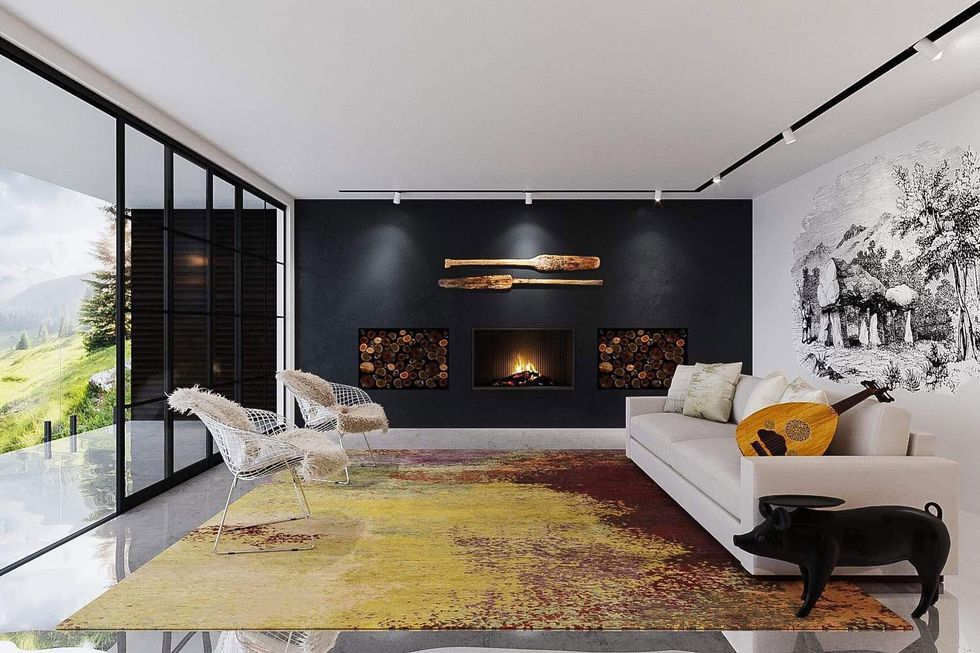
Photo: Courtesy of Tufenkian
"Shape and materials need to be taken into consideration; if a rug sits under a round dining table, you could specify a circular rug and a sisal for easy cleanups. If we're specifying rugs for a bedroom, we may look at yummy silks or a lush Turkish weave." —CC
Coordinate Rugs & Color Schemes
A great rule of thumb to maintain a cohesive look is to coordinate rugs. For instance, if using a patterned rug in the living room, Tufenkian suggests pulling something more subtle in a matching colorway into the dining room or hallway. Two rugs in one space or zone shouldn't be competing; let one stand out while another is more subtle.
"There is no set rule for color. I always ask about what is going into the space—fabrics, artwork, etc… Typically, if a client comes in and the center of their room is artwork, I suggest we go with something neutral in the rug. If the client isn't that concerned about artwork and their furniture is all neutral, I would suggest adding color in the rug. This is really all a personal preference." —EM
"People tend to stray away from large patterns or strong color on rugs, but when enough furnishings sit on them, they're a great way of reinforcing or complementing a palette without overpowering a room." —CC
Furniture Placement + Rug Size
"The biggest mistake homeowners often make when purchasing a rug is purchasing too small of a size, making the space look smaller. To ensure you avoid this, make sure the front legs of chairs and sofas sit on the rug. It also helps to make sure the furniture is grouped in a way that shows a dedicated area without sectioning off too harshly from the rest of the room. Rug size is really a case-by-case basis. I would say nine times out of 10 a rectangle is the best option. There are some situations where a square or a round rug would work better in a space. This all depends on the shape of the furniture. For example, if you have a curved sofa, a round rug may be suited best. —EM
"I think rectangular shapes lend themselves well to formal seating areas; however, I love a great circular rug under a round dining table." —CC
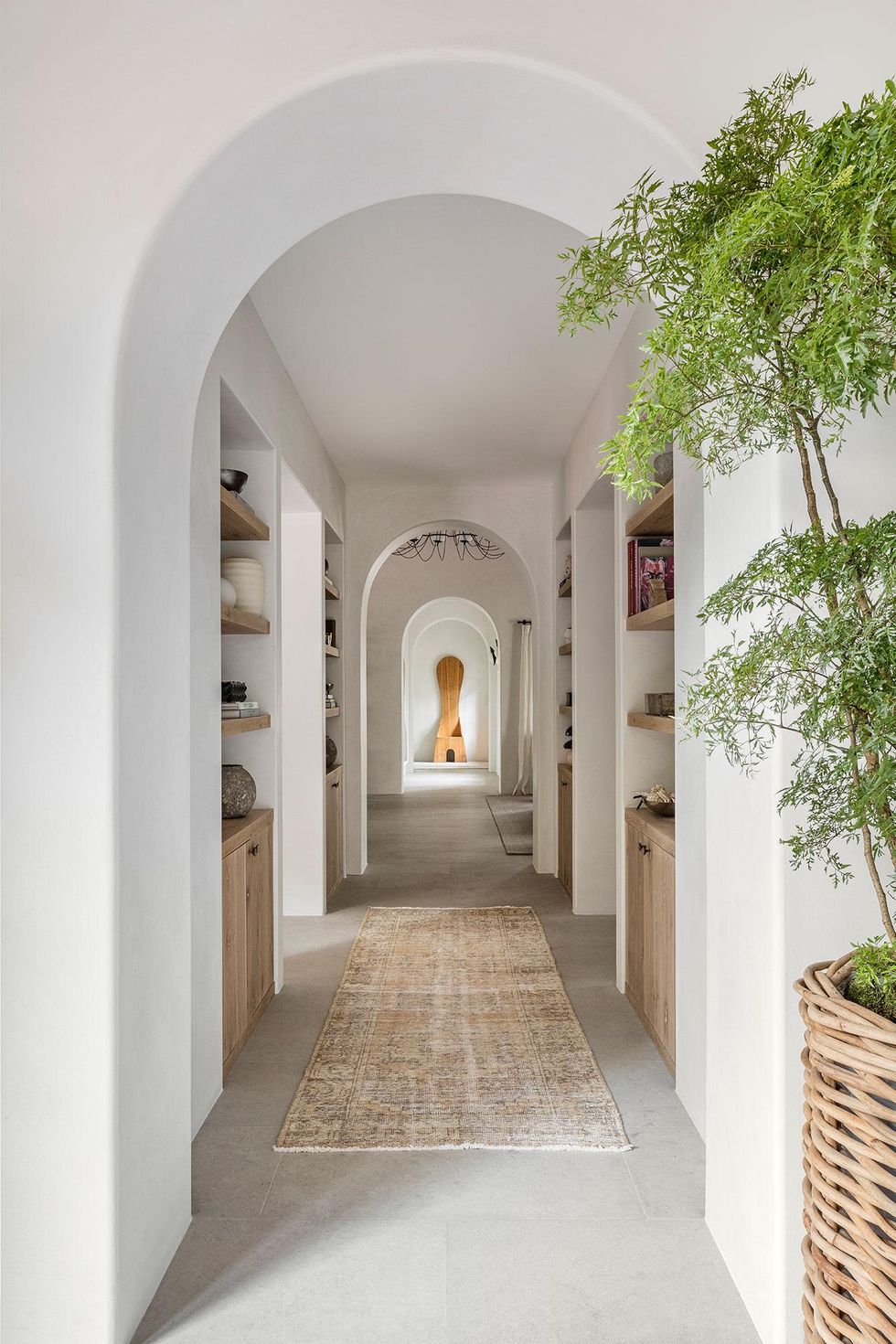
Photo: Kris Tamburello
Consider the Flooring
"The best flooring would be hardwood or tile floors for any rug. Putting rugs on top of carpeting can be somewhat difficult because whatever rug you put on top of the carpet has to work colorwise. When putting any rug on the floor, it must have a rug pad to keep it in place." —EM
"Rugs work well with any surface, but when choosing the type of rug for your flooring, I think it's important to look at how smooth or irregular the surface of the flooring is. For example, a cleft tile would probably read best under a heavier-pile rug, while a Kilim can look great over a smooth wood floor." —CC
Utilize Other Elements in the Space
"Furniture placement really dictates different zones throughout an open floor plan. For example, for a living room, if you have a large rug and all of your furniture is on the rug, it creates a feeling of a separate space. The angles and placement of sofas and chairs are important as they create the pathway to other areas of the room. Lighting is very important in any room, especially one with an open floor plan; you want to make sure each zone is lit properly. Examples would be: a light fixture over the dining room table and lamps in the living room versus using all recessed lights." —EM
"I love when all the furniture fits on the rug, so in my opinion, the bigger, the better. I like to work with rug vendors who can customize sizes to allow for a little more flexibility and guarantee a tailor-made fit. Console-backed sofas, center tables, or buffets are all great ways of creating zones within an open floor plan." —CC
Shop Collarte's Picks:
Shop Mundwiller's Picks:
Top photo: Kris Tamburello
Want more stories like this?
Bobby Berk Wants You to Feel at Home
7 Strategies for Cooling Down Your Bedroom
Add to Cart: Indulgences for Your Bed & Bath


